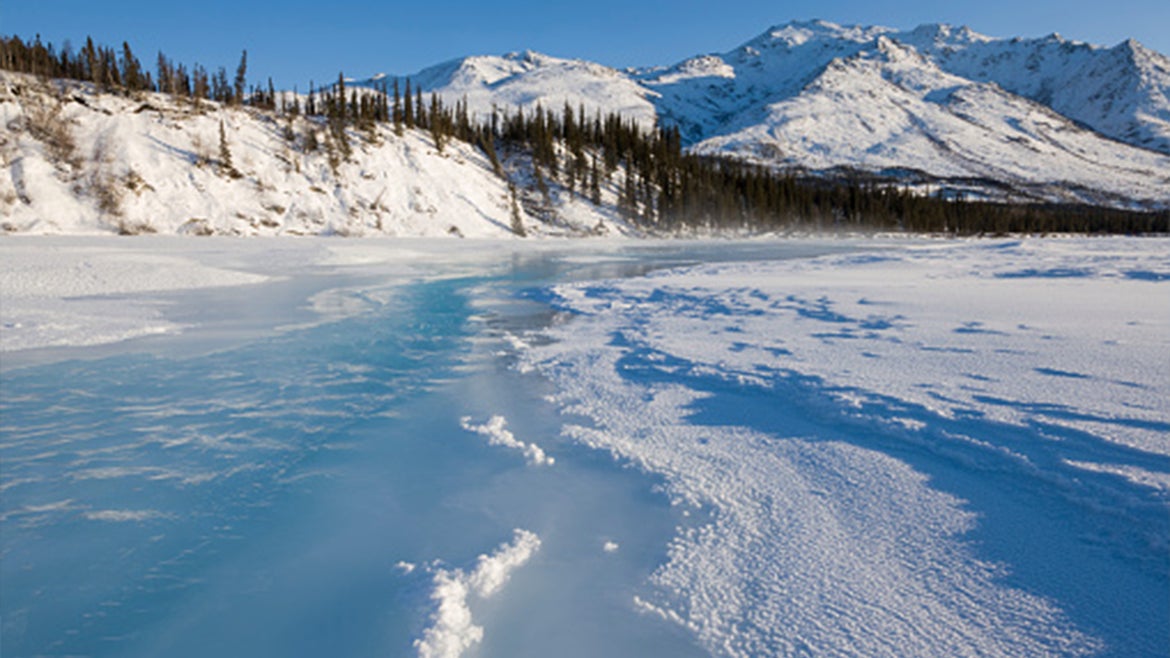Jaime Snedden was out for a walk when the chunk of ice he stood on broke off and was swept about 300 yards out into the inlet. The man’s head and arms were above water as he clung to the ice glacier, according to Alaska Wildlife Trooper Jeremy Baum.
A man in Alaska out for a walk found himself in a battle of survival after the ice he was walking along on the shoreline cracked and carried him into the mouth of the Anchor River. The man held onto the ice for nearly an hour in the frigid waters before being rescued, officials said.
The man, identified as Jaime Snedden, 45, of Homer, miraculously survived the ordeal that took place on Saturday. He was rescued near the community of Anchor Pointon the Kenai Peninsula, Alaska Wildlife Troopers said in a statement.
Tim DeSpain, a spokesperson with the Alaska Wildlife Troopers, said Snedden “was reported to have been walking along the shoreline on the ice when it broke free and drifted into the Cook Inlet with the outgoing current,” the Associated Press reported.
He was swept about 300 yards out into the inlet, authorities said. Snedden's head and arms were above water, but the rest of his body was submerged in the freezing water, as he clung to the ice glacier, officials said.
Alaska Wildlife Trooper Jeremy Baum launched an inflatable pack raft and rowed towards Snedden’s location.
At the same time, a fishing vessel named the Misty also made its way to Snedden after a marine broadcast alert came in that someone was in danger. The ships captain, Shane Balkely, and his clients were able to pull Snedden to safety, the release said.
Snedden was then placed into the Misty’s 8-foot inflatable raft.
Using both rafts, Baum rowed Snedden back to shore as medics waited for his arrival.
“Without their help it would have been much more challenging to rescue Snedden and get him to EMS as quickly as we did,” Baum said, The Guardian reported.
Snedden, who was not wearing any type of personal flotation device, was transported to a hospital, where he was treated for hypothermia. Officials said he is expected to make a full recovery.
According to the U.S. Coast Guard, the air temperature that day was 30 degrees, and the water was 38 degrees.






